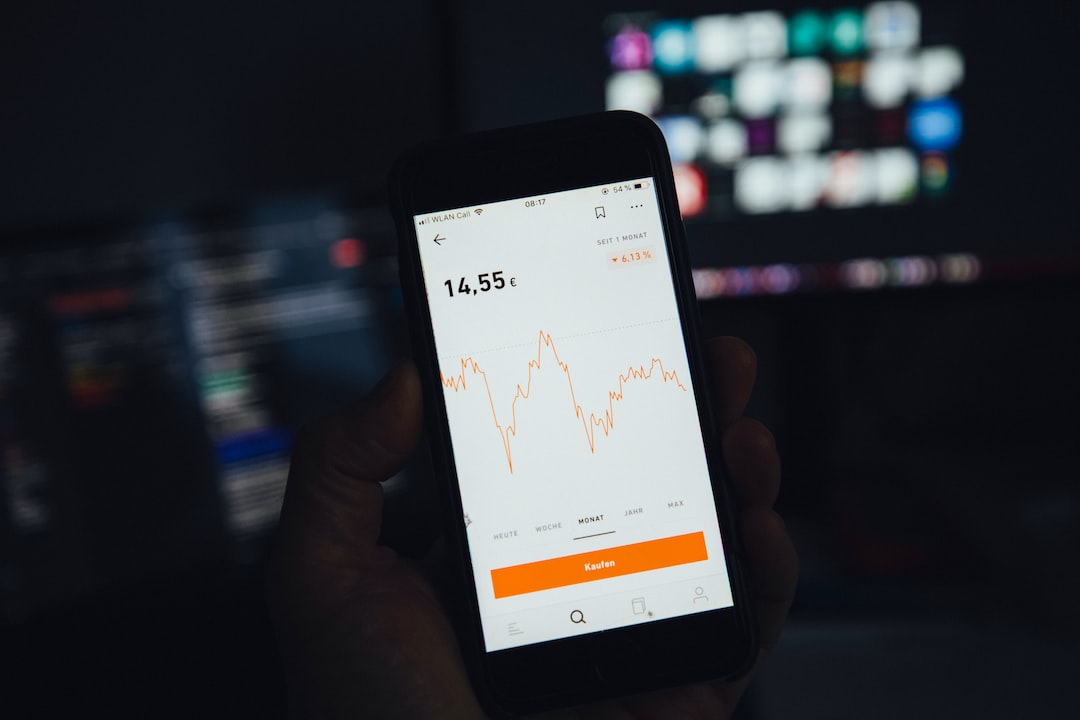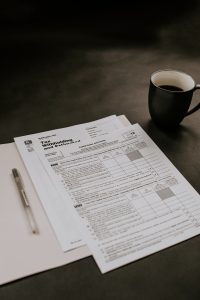Supply in forex refers to the amount of a particular currency that is available for purchase or sale at a given time. It is a fundamental concept in forex trading and understanding it is essential for successful trading.
Supply and demand are the two forces that drive the forex market. In simple terms, when there is more demand for a particular currency than there is supply, the price of that currency will increase, and vice versa. The key to successful forex trading lies in identifying supply and demand levels and using them to enter and exit trades.
Supply in forex can be divided into two categories: retail supply and institutional supply.
Retail supply refers to the amount of currency that is available for purchase or sale by individual traders. Retail traders include individuals, small businesses, and hedge funds. Retail supply is often smaller than institutional supply, and it is typically less influential in the forex market.
Institutional supply, on the other hand, refers to the amount of currency that is available for purchase or sale by large financial institutions, such as banks, governments, and central banks. Institutional supply is larger than retail supply and has a more significant impact on the forex market.
Institutional supply is influenced by a variety of factors, including economic indicators, political events, and global trends. For example, if a country’s economy is growing, its central bank may increase the supply of its currency to meet the demand for it. Similarly, if a country experiences political instability or economic recession, the supply of its currency may decrease as investors flee to safer assets.
One way to measure institutional supply is through the use of order books. Order books are electronic lists of buy and sell orders for a particular currency. They display the amount of currency available for purchase or sale at different price levels. By analyzing the order book, traders can identify supply levels and use them to make trading decisions.
Another way to measure institutional supply is through the use of volume indicators. Volume indicators display the amount of currency that is being bought or sold at a particular time. By analyzing volume indicators, traders can identify changes in supply and demand and use them to make trading decisions.
In addition to institutional supply and demand, retail traders can also influence the forex market. Retail traders can affect supply and demand through their trading activity. For example, if a large number of retail traders buy a particular currency, the demand for that currency will increase, and its price will rise.
In conclusion, supply is a fundamental concept in forex trading. Understanding supply levels and how they are influenced by institutional and retail traders is essential for successful trading. Traders can use various tools and techniques, such as order books and volume indicators, to identify supply levels and make trading decisions. By staying informed about economic indicators, political events, and global trends, traders can anticipate changes in supply and demand and make informed trading decisions.





